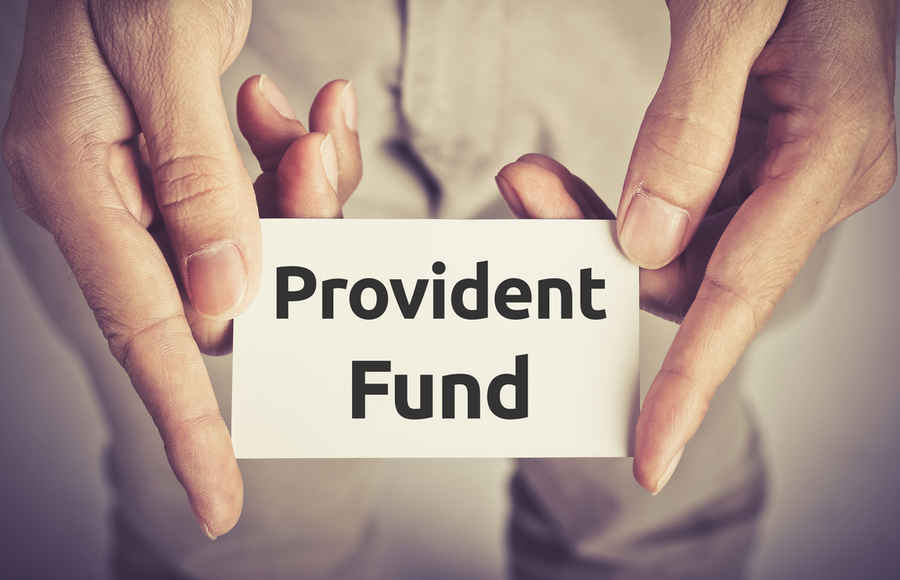I WANT
RELATED LINKS
I WANT
RELATED LINKS
RELATES LINKS
I WANT
RELATES LINKS
Services
Related Links

คำค้นหาที่แนะนำ
ผลการค้นหา "{{keyword}}" ไม่ปรากฎแต่อย่างใด
ข้อแนะนำในการค้นหา
- ตรวจสอบความถูกต้องของข้อความ
- ตรวจสอบภาษาที่ใช้ในการพิมพ์
- เปลี่ยนคำใหม่ กรณีไม่พบผลการค้นหา
Use and Management of Cookies
We use cookies and other similar technologies on our website to enhance your browsing experience. For more information, please visit our Cookies Notice.
- Personal Banking
- Stories & Tips
- Retirement Plan
- Benefits Gained from Provident Fund at Retirement Age
- Personal Banking
- ...
- Benefits Gained from Provident Fund at Retirement Age
Benefits Gained from Provident Fund at Retirement Age
05-01-2022
Has any Provident Fund member known about the Provident Fund conditions? If you haven’t, this article has the answer for you. We call Provident Fund details or conditions as “Provident Fund Rules” defined by the Fund Committee and take them to registration at the Office of the Securities and Exchange Commission in order to be effective. If there’s any amendment, the Fund Committee must request approval from the Office of the Securities and Exchange Commission every time.
Here are samples of “Provident Fund Rules” that members should know:
- Qualifications to apply for Fund members: The Rules will state the qualifications of employees who are eligible to be members; for example, permanent employees or employees who have worked for over 1 year.
- Deposit rate: The rate of cumulative deduction from employee salary every month, or once wages are paid.
- Contribution rate: The rate that the employer contributes to the fund in cash every month, or once wages are paid.
- Conditions for paying Provident Fund: When the membership expires, Provident Fund will be divided into 4 parts consisting of Deposit, Deposit returns, Contribution, and Contribution returns. No matter which case members resign, they’ll receive a full amount of the Deposit and its return. But for Contribution and its returns, the sum of money that expired members receive, will depend on payment conditions stated in Provident Fund Rules.

The Rules may state conditions of paying Contribution and its returns by years of working or years of membership. For example, when members who work less than 1 year resign from the fund, the Contribution and the returns they receive will be 50% of the existing amount. For members who work longer than 1 year, they’ll receive 100% Contribution and its returns when resigning.
Besides, there’re other important matters stated in the Rules such as the Right and Responsibilities of Fund members, Payment Methods of the Provident Fund, Terms of Balance, and Practices for Fund dismissal. Members can request to see those rule details from the Fund Committee that they belong to.
The significant part that members should know apart from the Rules is an investment policy of the Fund that we are an active members. As Employee’s Choice arrangement is currently popular, the company has encouraged their Fund members to choose an investment policy independently so that the policy will fit each individual’s risk level. However, before choosing a suitable policy, members should understand about risks and returns of investment in bonds, stocks, and other assets to serve the objective of implementing Employee’s Choice.
Members will receive benefits from Provident Fund when retiring as follows:
1. Deposit and its returns
Members will receive a full amount of Deposit and its returns because the whole amount which are both principal and interests belong to them.
2. Contribution and its returns
Members will receive that money as stated in the rule conditions. Therefore, members must study the Provident Fund Rules thoroughly which mostly depend on years of working or years of membership.
3. Tax privilege
Once membership expires, we’ll receive a sum of money as divided into 4 parts; 1) Our Deposit 2) Employer Contribution 3) Deposit returns 4) Contribution returns.
If we withdraw all money from Provident Fund, our Deposit (Part 1) will be fully tax-exempt but the rest of the money (Part 2-4) will get different tax privileges under the following conditions.
1. Resign from the Fund with less than 5-year membership: We won’t receive tax privilege for money in Part 2-4 which is Contribution and its returns at all, and we must combine that part of the money with other income to pay personal income tax regularly on yearly basis.
2. Resign from the Fund with 5-year and over membership: We’re able to make money in Part 2-4 to submit tax separately in the attachment (Tax submission Form 90 and 91 for calculating one-time payment from the employer due to resignment, in the case of paying tax separately, excluding calculation of other income). That practice will help lower the tax burden so we should submit tax separately with the above-mentioned attachment.
3. Disabilities/Death or Retirement at the age no less than 55, and being over 5-year of Provident Fund membership: We’ll get full tax exemption (4 parts) which means we receive the whole and a large amount of savings to be able to spend at retirement age.

4.The Right to maintain Provident Fund money
If we don’t want to use that sum of money, we can contact Asset Management Company to inform the reason to maintain money with its period regarding to investment policy. Or, we can ask the Fund to pay our money back in installments based on the Fund Rules.
5. The Right to transfer Provident Fund money to Retirement Mutual Fund
(RMF):
If we neither want to use this Fund money nor to maintain money in
Provident Fund, we’ve the right to transfer it to RMF so that we can choose a
investment policy independently, and receive tax privilege as equal as
maintaining money in the Fund. RMF that accepts transfer from Provident
The fund must be RMF for PVD as stated in Fact Sheet as “Support PVD transfers”.
Additionally, we can count the duration of Provident Fund membership
continually with RMF to be eligible for “tax exemption” if we’re qualified
regarding to The Revenue Department criteria.
In general, Provident Fund is a valuable benefit for permanent employees because it’s an important helper to bring them a pleasurable retirement. We should study the Rules carefully and choose investment port in line with age, investment period, and acceptable risk level to grow our Provident Fund steadily and sufficiently to live happily towards the end of our lives.
Nipaphan Poonsathiensap CFP®, ACC
Freelance Financial Planner, Writer, and Lecturer